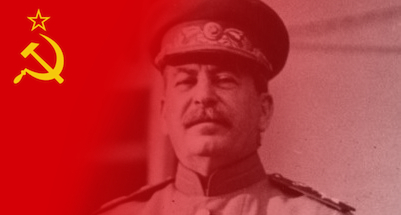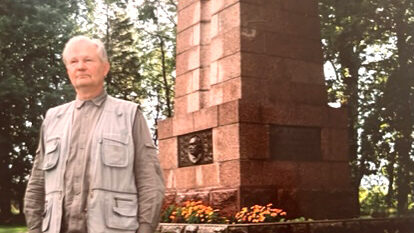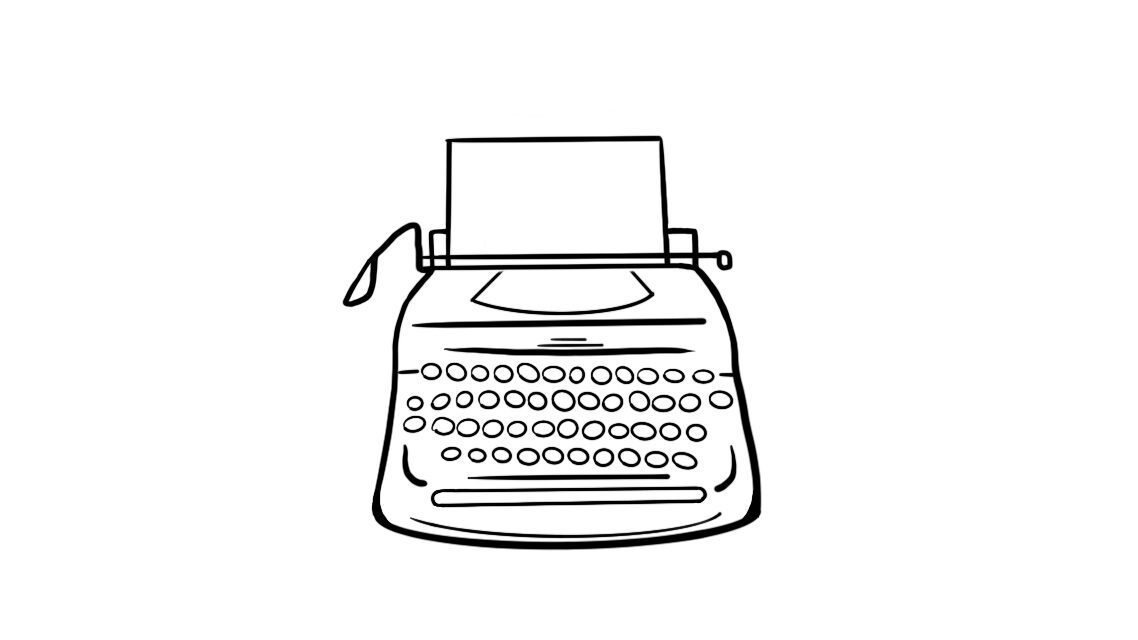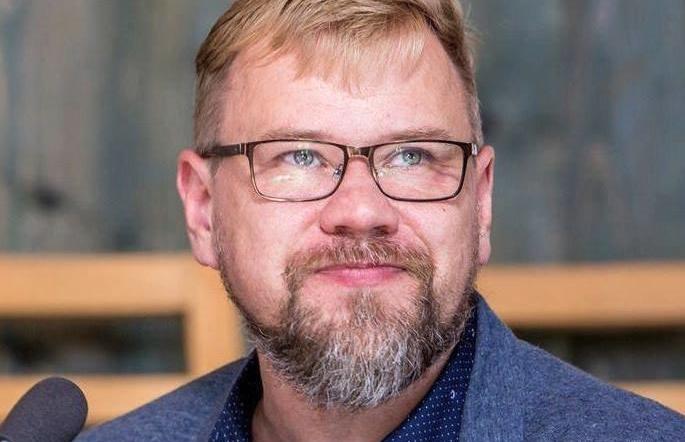“neither learning nor art can exist if neither paradoxical ideas can be expressed nor hyperbolic images used as an artistic device”. The letter urged the government to let the two writers out on bail and quite validly argued that the trial was more harmful than the works of the authors under prosecution.
One must note that the letter was not so bold as to suggest that Sinyavsky's and Daniel's writing might contain a small kernel of truth about the Soviet Union. Rather the emphasis was placed on artistic expression and the unconventional devices used in the creative process.
A more bluntly worded letter of protest in 1966 was authored by 25 prominent Soviet intellectuals and found wide distribution in the samizdat (officially forbidden, underground) press, but was not openly published. It cautioned Brezhnev not to rehabilitated Stalin. Although many Soviet intellectuals were both attracted and repelled by the publication of works abroad, especially under pseudonyms, they viewed the Sinyavsky-Daniel proceedings as a return to the show trials of the 1930s. They interpreted it as a deliberate reversal of Khrushchev's de-Stalinization intentions. Some of the signatories suffered the consequences of their “political indiscretion” by being denied travel abroad and restrictions to officially have their work published – in practicality a creative death sentence for authors. Their protest text was substantively bold:
“We think that any attempt to whitewash Stalin can cause a serious split in Soviet society. Stalin bears responsibility not only for the numerous deaths of innocent people, for our lack of preparation for the war [a statement of outrageous heresy – ed.], for the divergence from the Leninist norms of the party and the state life. His crimes and wrongdoings distorted the idea of communism to such a degree that our people would never forgive him. … Any step to towards his rehabilitation would undoubtedly lead to a split within the world communist movement, now between us and communists in the west. From their point of view, such rehabilitation would be considered as outright capitulation to the Chinese [communist leadership]. Nowadays when we are threatened both by the activity of the American imperialists and the West Germans seeking revenge and by the leaders of the Communist Party of China, it would be absolutely unreasonable to create a pretext for a split, or even new difficulties in our relationships with brotherly [communist] parties in the West.”
Once again one notes that the protesters did not dare or were not inclined to condemn the communist system with its natural pathology of repression. Communism as a political philosophy and party ideology was too scared to be challenged during Brezhnev's era. In fact the concept of Soviet leadership and example in the international communist movement is an important part of their appeal.
Similarly there is no criticism of Stalin's role in holding many foreign, non-Russian peoples captive nations, a crime of which he has been in later years directly accused. It would seem that the protesters were reluctant, for various reasons, to challenge the firm grip that Moscow had on its non-Russian populations. The rights of indigenous peoples, who were hoping for a chance at self-determination (as agreed to in the 1975 Helsinki Accords which the USSR signed), resident on their historic lands, many of whom had enjoyed previous full sovereignty – these rights were not to be championed by prominent anti-Stalinists. This included the Kremlin's pariah, Nobel Prize laureate, Alexandr Solzenitsyn, who however, was a fervid anti-Communist.
The protesters kept focused on the trial itself. On Soviet Constitution Day, December 5, 1965, the first unsanctioned political demonstration was organized calling for a fair and open trial. It developed into an annual event. This was shortly followed by more open protests. Journalist Alexander Ginsburg was prosecuted for publishing a report on the trial entitled ‘The White Book', receiving a five year sentence in labour camp. The trial in 1968 became an important milestone in the Soviet human rights movement.
The forging of relationships with foreign journalists during the trial engendered a dissident –journalist relationship. These ties became increasingly important for the dissident movement in getting their message to a wide international audience as well as reach within the Soviet Union itself where official media outlets were closed to them. Underground manuscripts were welcome in the west and widely distributed. They were also broadcast back into the Soviet Union in Russian and the native tongues of the occupied SSRs by media such as Deutsche Welle, BBC International, Voice of America and Radio Liberty. Most of the Soviet population had no other means of receiving samizdat content.
Unquestionably Khrushchev's liberalism had ended and Brezhnev's adherence to a neo-Stalinist style of rule resulted in arrests and prosecutions. It also required changes to the Russian SSRs criminal code making it easier for prosecutors to gain convictions without twisting the intent of the different paragraphs of the legislation in effect. Thus circulation of statements defamatory to the Soviet system and the violation of public order by a group, ether in a coarse manner or disobedience to legal demands of representatives of authority became illegal. Both changes were made to further stifle protest to better control freedom of expression. (To be continued.)
Laas Leivat




